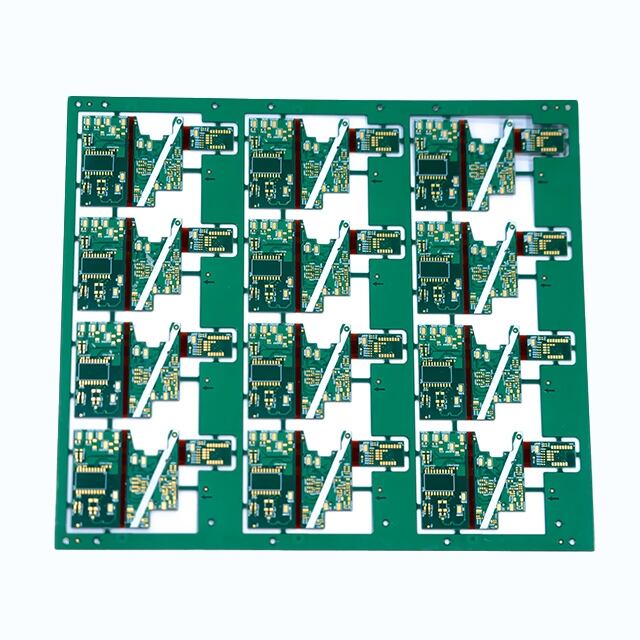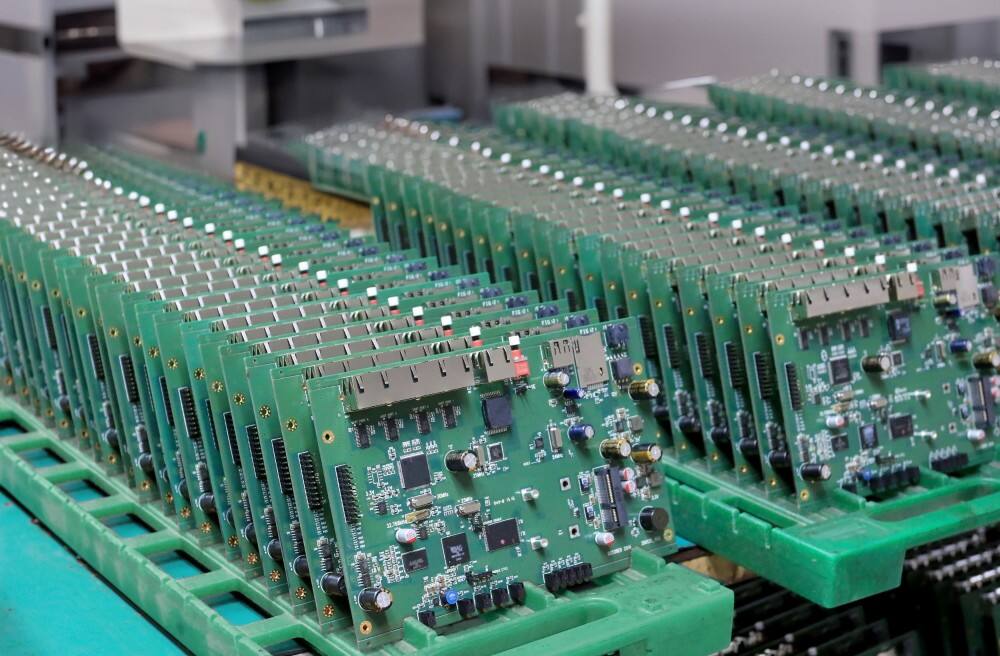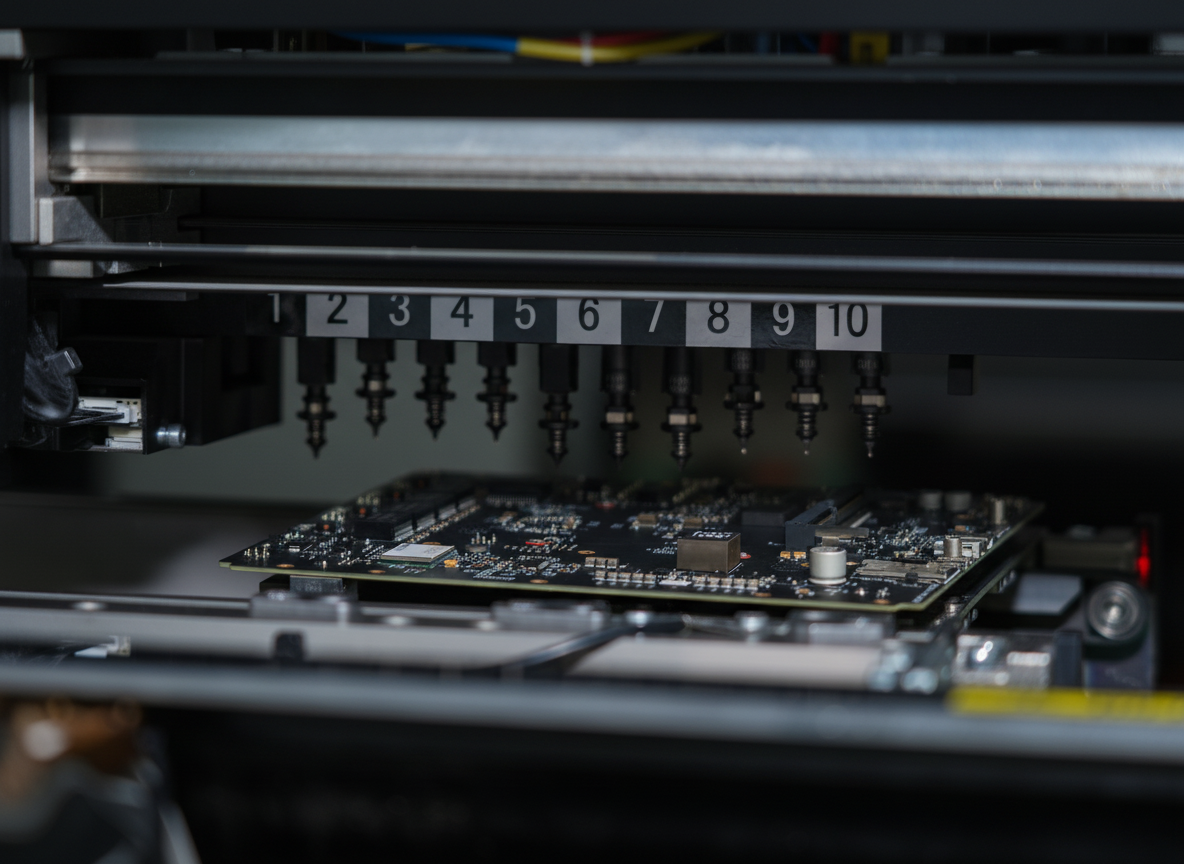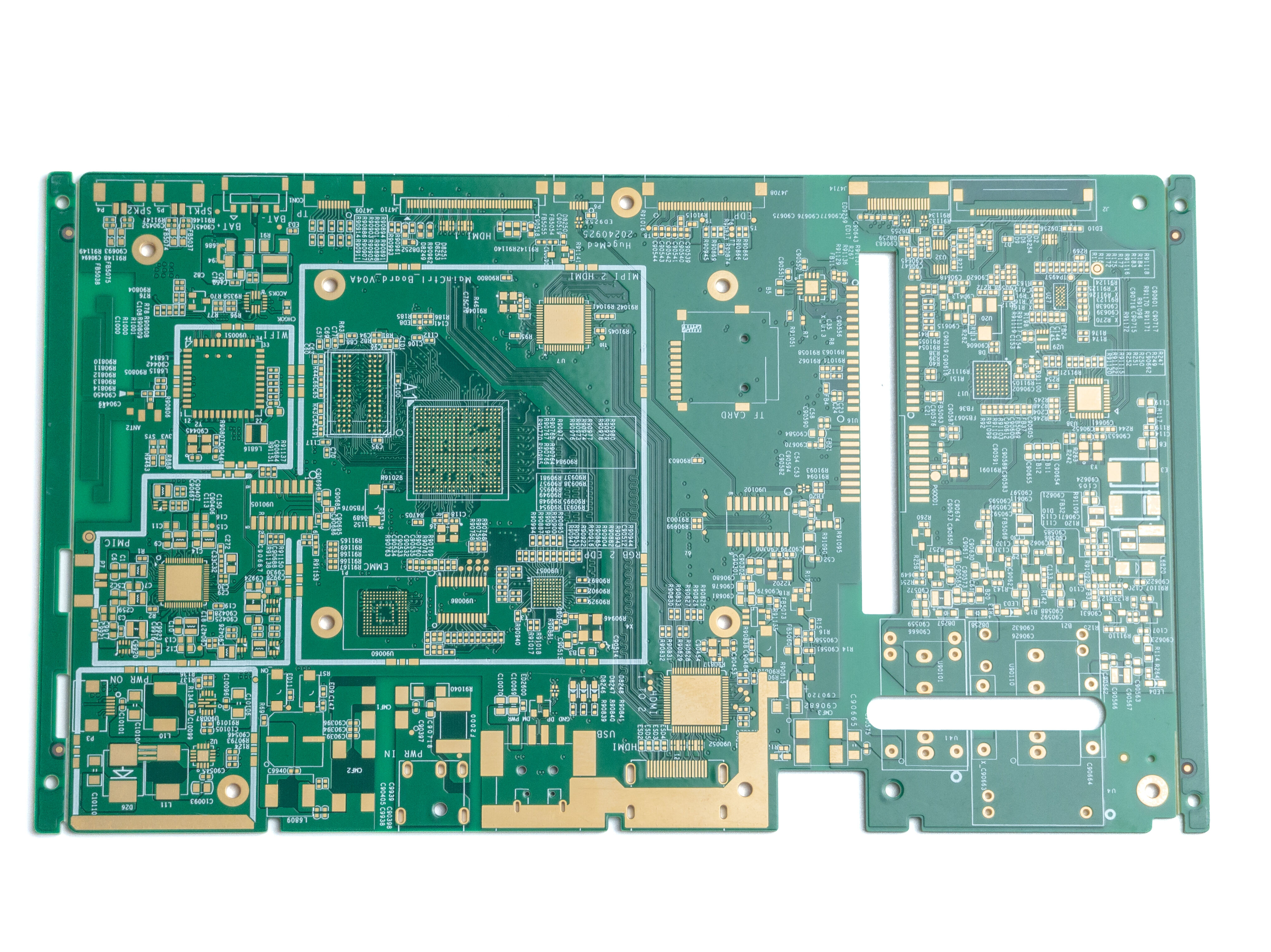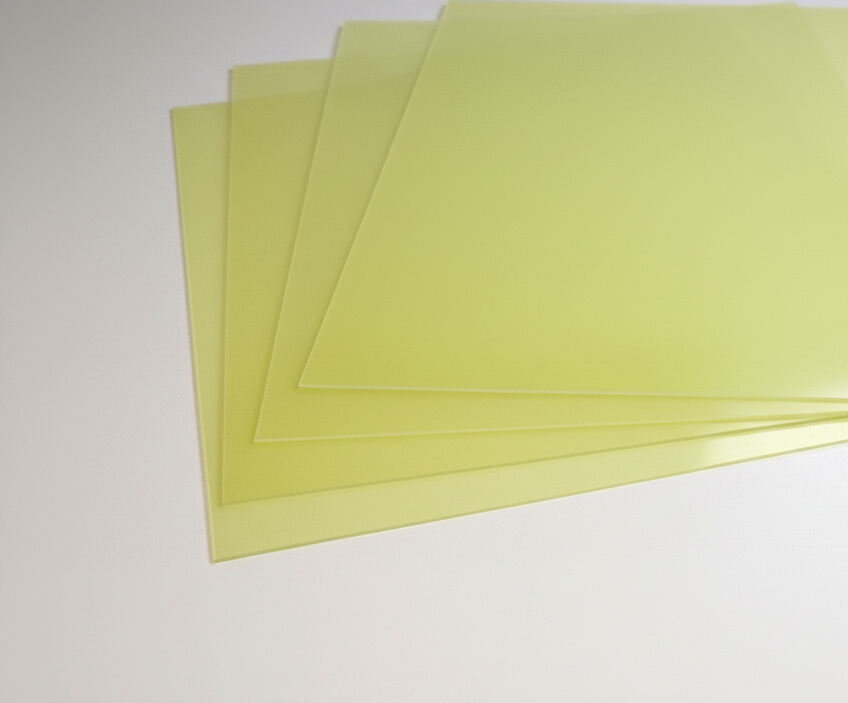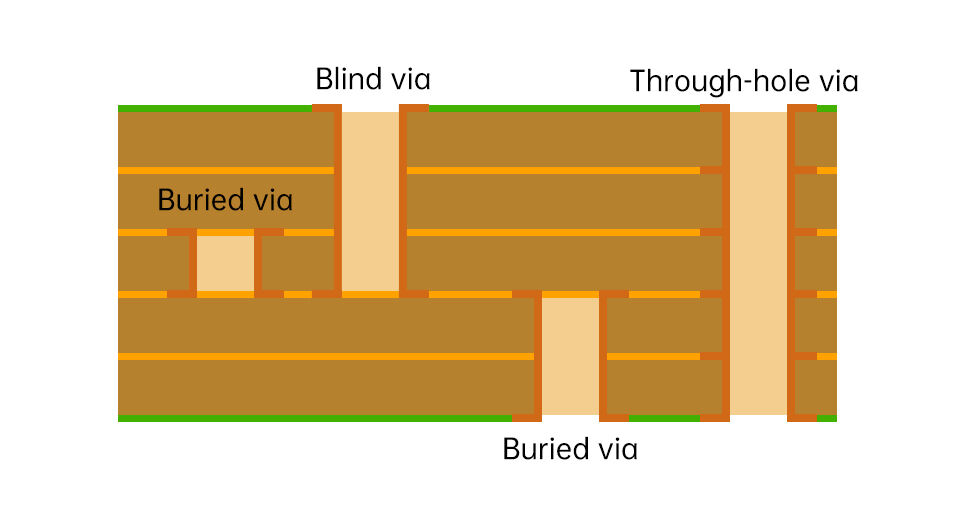flexible pcb board
A flexible PCB board represents a groundbreaking advancement in electronic circuit technology, offering a versatile solution that combines electrical connectivity with mechanical flexibility. These innovative circuit boards are constructed using flexible base materials, typically polyimide or polyester, which allow them to bend, fold, and conform to various shapes while maintaining reliable electrical connections. The primary function of flexible PCB boards is to provide electrical interconnections in applications where traditional rigid PCBs would be impractical or impossible. They excel in environments requiring dynamic flexing, space optimization, and weight reduction. The technology behind flexible PCB boards involves sophisticated manufacturing processes that create conductive pathways on thin, pliable substrates. These boards can be designed in single-layer, double-layer, or multi-layer configurations, accommodating complex circuit requirements while maintaining their flexible nature. Applications for flexible PCB boards span numerous industries, from consumer electronics and automotive systems to medical devices and aerospace equipment. They are particularly valuable in modern smartphones, tablets, and wearable technology, where space is at a premium and traditional rigid boards would be unsuitable. The ability to conform to three-dimensional spaces makes them ideal for compact electronic devices, while their durability and resistance to vibration make them perfect for automotive and industrial applications.

